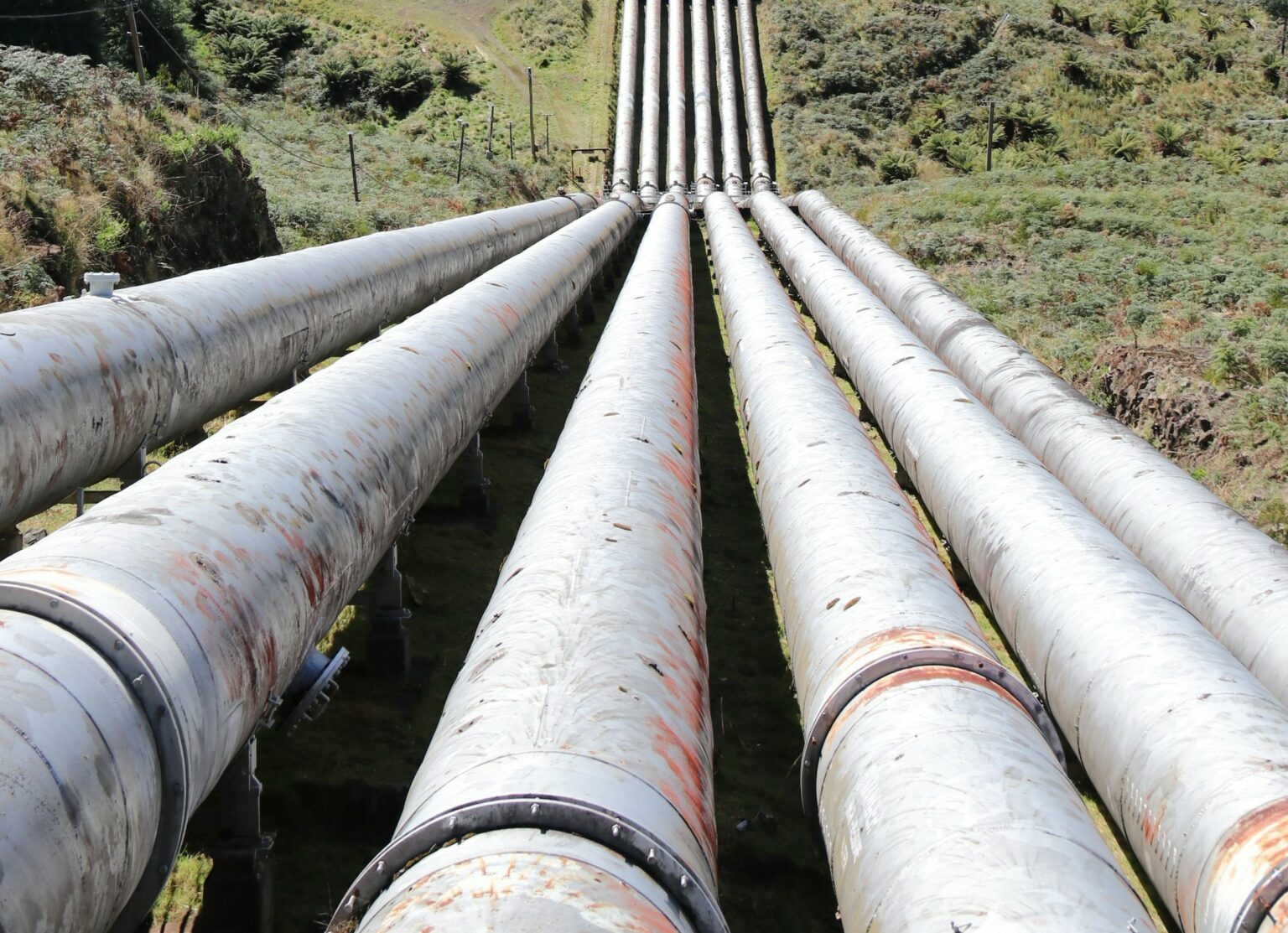European gas transmission system operators, including Conexus Baltic Grid (Latvia), Gasgrid Finland (Finland), Elering (Estonia), Amber Grid (Lithuania), GAZ-SYSTEM (Poland), and ONTRAS (Germany), have completed a feasibility study for the North-Baltic Hydrogen Corridor. Initiated in January 2024, the study highlights key prerequisites for establishing a Nordic-Baltic Hydrogen Corridor to transport renewable hydrogen across these countries.
Key Insights from the Study
The feasibility study covers technical, legal, organizational, and economic aspects needed for the project’s implementation. This corridor supports the European Union’s decarbonization targets by utilizing hydrogen produced within the EU.
Renewable Hydrogen Potential
The study estimates that the Nordic-Baltic region can generate around 27.1 million tonnes of renewable hydrogen by 2040 from onshore and offshore wind and solar energy. This positions the region for significant hydrogen market development and export potential to continental Europe.
Projected Transport Volumes
The corridor is expected to annually transport up to 2.7 million tonnes of renewable hydrogen between the participating nations by 2040. The planned pipeline will be about 2,500 kilometers long, with a diameter of 48 inches and multiple compressor stations.
Project Partners’ Vision
The project partners emphasized the importance of cross-border cooperation in achieving a successful energy transition in Europe. They are committed to developing detailed project plans and an implementation timeline.
Economic and Environmental Benefits
Uldis Bariss, Conexus Chairman of the Board, stressed that the project will boost the local and regional economy and support the transition to green energy. It will offer new business opportunities and help meet national and EU climate targets.
Energy Storage and Security
Kalle Kilk, Elering’s Chairman of the Board, highlighted the hydrogen infrastructure’s benefits for long-term renewable energy storage and enhancing energy security through additional connections with neighboring countries.
Lithuanian Advancements
Lithuania is on track to become self-sufficient in electricity through solar and wind energy. The government’s hydrogen strategy for 2024-2050 aims to position Lithuania as a leader in green hydrogen production and export.
EU Decarbonization Goals
The North-Baltic Hydrogen Corridor will significantly contribute to the EU’s decarbonization objectives, potentially reducing carbon emissions by up to 37 million tonnes of CO2 per year by 2050. By linking local renewable hydrogen production to demand centers, particularly in hard-to-decarbonize sectors, it will enhance energy security and supply diversity.
Next Steps
Based on the feasibility study’s results, European gas transmission operators will conduct further studies, including a detailed technical analysis and a commercial and economic assessment of the project.





